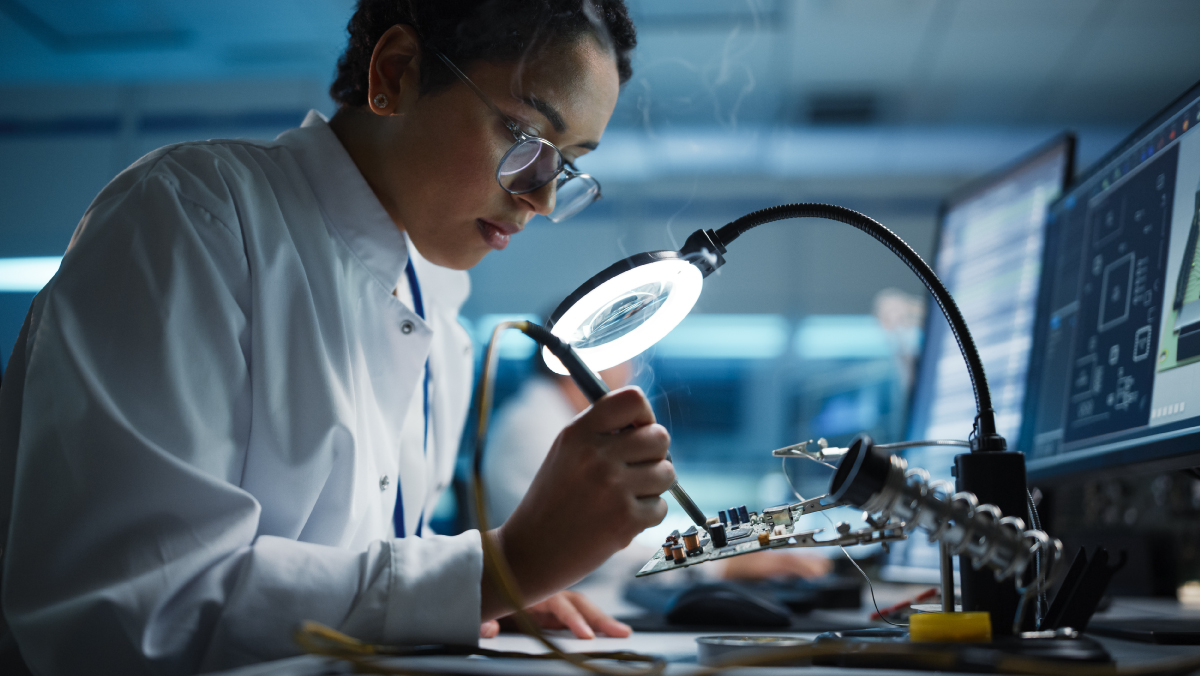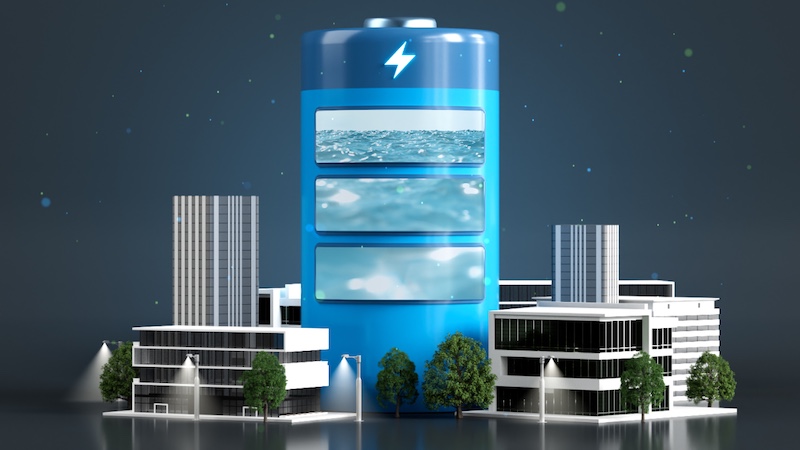Every year, millions of tons of phones, computers, routers, switches, games, and more are discarded — with much of it left to decay slowly in landfills around the world.
Cisco has had programs in place for more than two decades to facilitate product returns for reuse and recycling. These programs support progress toward Cisco’s 100 percent product return-upon-request pledge. Used products contain valuable raw materials and/or can be refurbished, create new sales opportunities, and protect the environment.
In honor of Recycle IT Day, we spoke with Andrew Sage, Cisco global partner and routes to sales (GPRS) executive sponsor for sustainability, and Katherine Hannah, Cisco GPRS sustainability lead, about Cisco’s innovations in circular design, recycling, and driving new business with used equipment.
Thank you, Andrew, and Katherine! What is the overall picture today for e-waste in the world?
AS: Thank you, Kevin. E-waste has long been a problem in the technology industry and beyond, especially with the explosion in digital tech over the past few decades. Electronic products and equipment can contain potentially harmful chemicals and materials.
KH: At the same time, they also contain valuable raw materials. Global e-waste is thought to hold roughly $60 billion worth of raw materials each year.
What inspired Recycle IT Day, and how long has it been in practice?
AS: Recycle IT Day began back in 2002, as an opportunity to raise awareness and support practical solutions to the e-waste problem. Many Cisco offices and data centers had lots of used switches, routers, and other gear sitting in closets and storage lockers. And Cisco employees — like about everyone, everywhere — had plenty of old phones, computers and other devices lying around. So, it was a chance for everyone to do the right thing and bring all their old stuff to the office to be recycled or sent to its next use.
What has been the impact since 2002?
KH: From 2002 to 2022, we estimate Cisco employees have contributed to recycling 3,100 metric tons of used equipment during Cisco Recycle Day events. Much of that stopped during the pandemic months, but we have picked up in a big way ever since. It also served to raise awareness. Given the opportunity, and if it is more convenient, people will try to get products recycled the right way. This year, 116 Cisco offices will participate.
In 2021, Cisco declared its overarching purpose was to power an inclusive future for all. How does that align with recycling e-waste?
KH: Cisco’s purpose has driven us to do better. It encompasses so much — from social justice and opportunity around the world to supporting education and sustainability — to name just a few focus areas. That same year, we set a goal to reach net zero greenhouse gas (GHG) emissions across our value chain (Scopes 1, 2 and 3) by 2040. Recycling, refurbishing, and reusing are important elements to in helping support a liveable planet, for us — and for our children. Our purpose continues to drive our evolution to a regenerative, circular model in which we reduce the resources we consume and the waste we generate. As a society, we simply cannot continue to expand potentially toxic landfills or dump plastic in the oceans.
What are some ways in which Cisco is a leader in the recycling, refurbishing, and reusing space?
AS: As mentioned before, at Cisco, we are evolving into a regenerative, circular model in which we reduce the resources we consume and the waste we generate. With this approach, we prioritize materials with recycled content; design products for resource efficiency; and facilitate repair, remanufacturing, and recycling to extend product life. We have set a goal for 100 percent of new Cisco products and packaging to incorporate circular design principles by our fiscal year 2025. Cisco’s circular design focus areas include design for disassembly, repair, and reuse — designing products with easily separable components that use similar materials to facilitate reuse, repair, remanufacturing, and recycling.
In addition, in 2018, Chuck Robbins, our CEO, pledged to support 100 percent of product returns globally upon request at no cost to our customers, as part of the Platform for Accelerating the Circular Economy (PACE). Cisco programs like Refresh, Green Pay, and Takeback and Reuse can help reduce environmental impacts from technology installation to end of life.
What happens to products returned to Cisco?
KH: Cisco reuses and recycles nearly 100 percent of the equipment that is returned to us. This is something some customers may still not be aware of, and we continue focusing on raising awareness about this and making product returns as easy as possible.
Cisco has a vast, global ecosystem of partners. How do they helpincrease the impact of the company’s sustainability goals?
KH: The impact of partners is huge and growing. A year ago, we launched something called the Environmental Sustainability Specialization, which is a new business specialization available to all Cisco partners. The specialization recognizes partners for supporting Cisco’s sustainability initiatives and equips them to educate customers, promote product takeback, assist in customers’ move to circular business models, and further their own sustainability practices. It expands on Chuck Robbins’ commitment towards 100 percent repurpose or recycling of products by rewarding partners who meet recycling goals. And the interest in this has been amazing. So far, 476 partners have taken the Cisco Environmental Sustainability Specialization pledge. That is one of the fastest ramp-ups of its kind that we have seen.
AS: And here’s more good news: Once accredited with the Environmental Sustainability Specialization, Cisco partners in participating countries are eligible to participate in Cisco’s Takeback Incentive.
Sounds intriguing. What is it?
KH: The TakeBack Incentive offers discounts of up to seven percent on new products registered in the program, with a commitment to return the used hardware back to Cisco. By replacing their used hardware, customers can reduce their carbon footprint, while gaining greater speed, bandwidth, security, low latency, and other capabilities. Cisco will also pick up and remove the used hardware for free, so it can be responsibly recycled or repurposed. So, it can be a win-win for everyone: partners, customers, and the planet.
The returned equipment can then wind up in Cisco Refresh, an initiative started in 2001. This offers partners and customers certified Cisco remanufactured equipment with the same warranty and support options as new Cisco products, but at discounted prices. So, we’re extending the useful life of Cisco products, and sharing cost-effective equipment that uses less energy than manufacturing a new product instead.
So, we’ve clearly come a long way. On Recycle IT Day, what do you see for the future?
AS: Well, I’m excited to see our communities recognize the critical importance of protecting the environment. More and more business leaders, customers, and politicians are waking up to the critical importance of protecting our planet and our future. And there is so much more we can do, with innovation and collective action.
KH: Yes, I see Cisco continuing to be a leader in this space. And we welcome everyone on this journey. We can help change the world with sustainability and circular-economy principles. But only if we work together.





